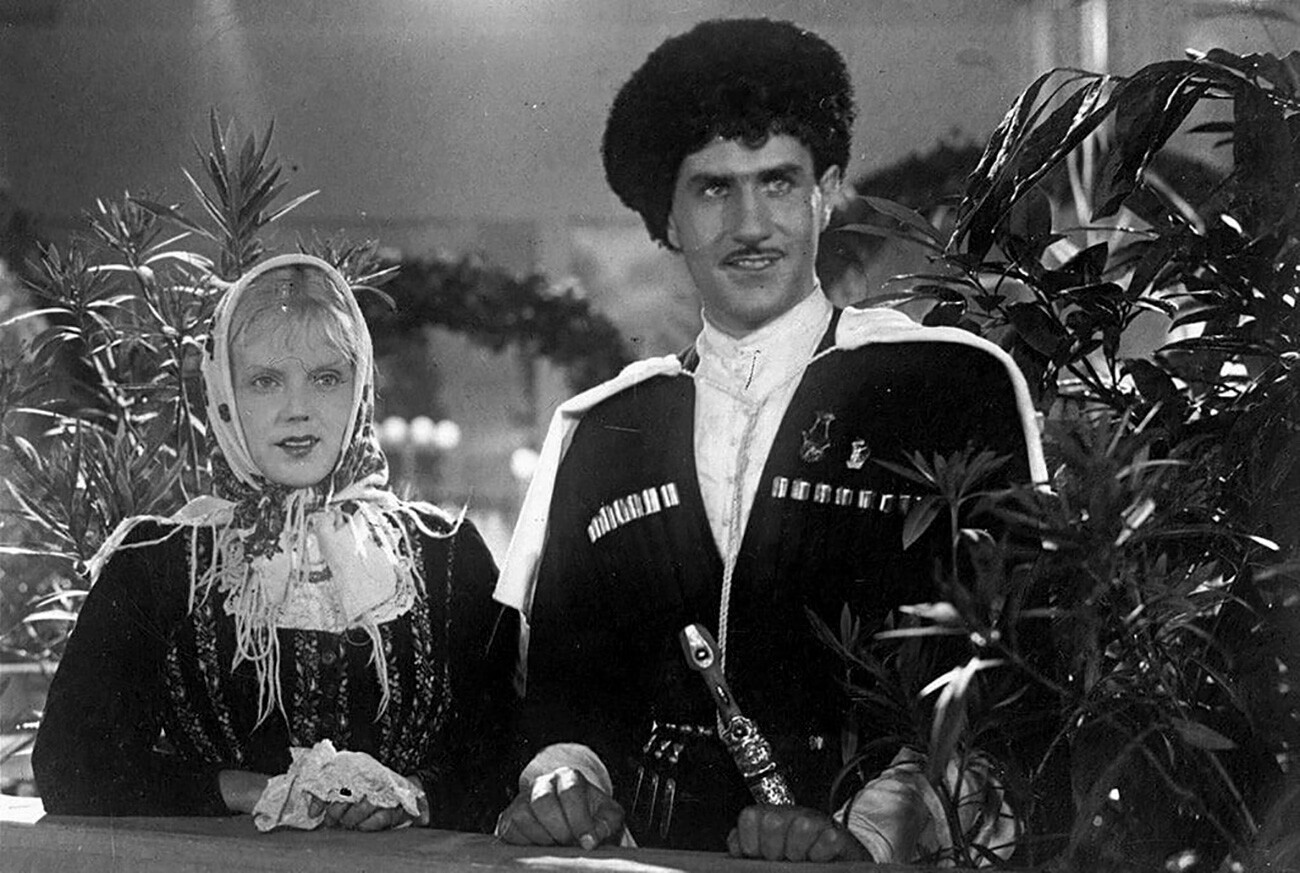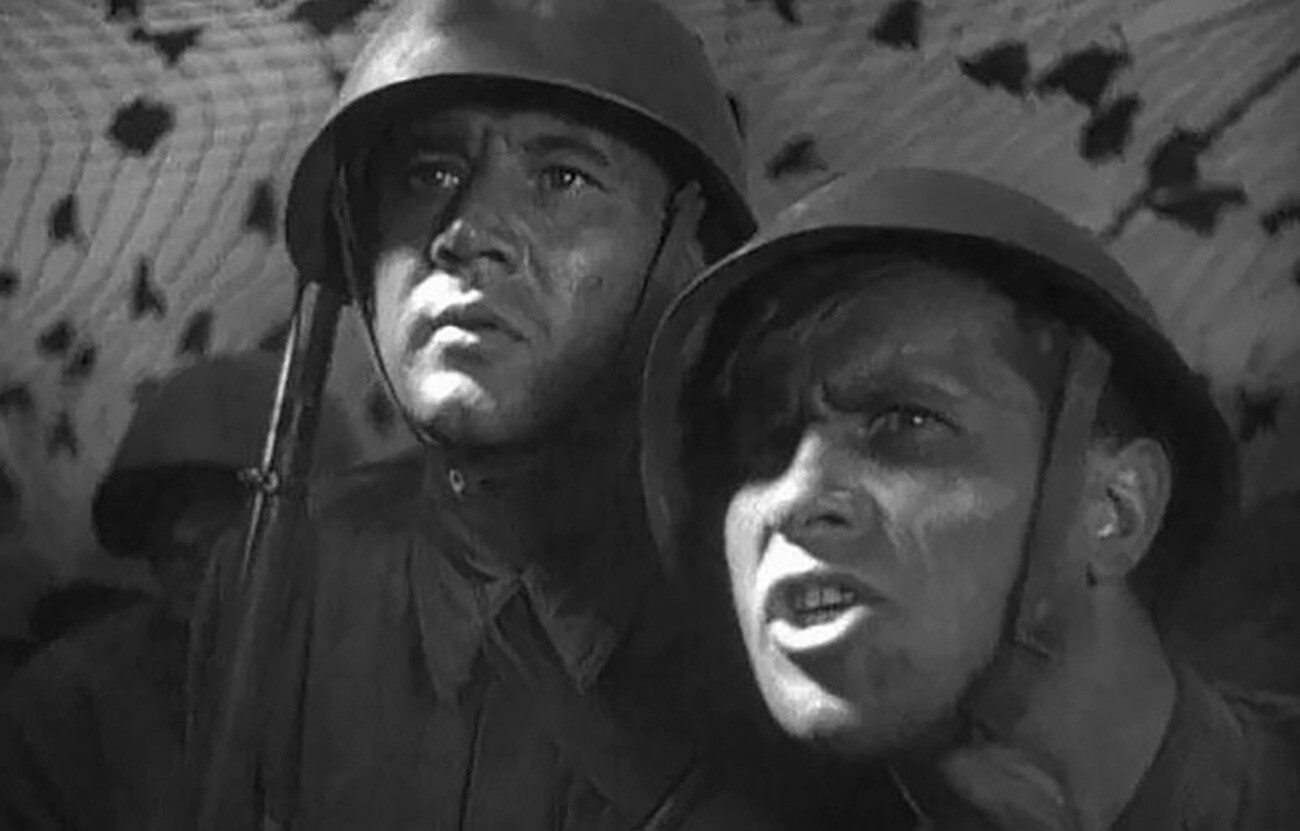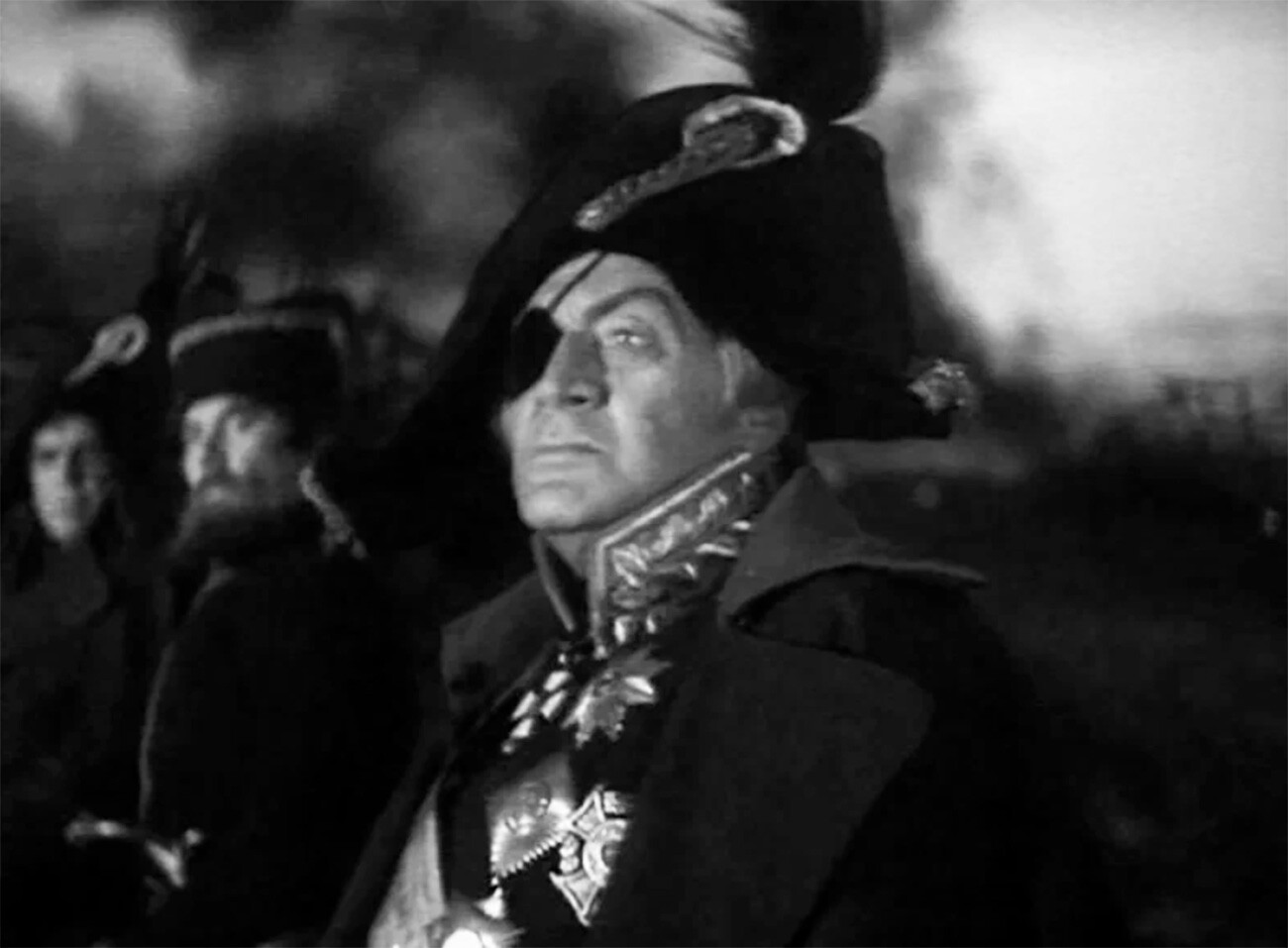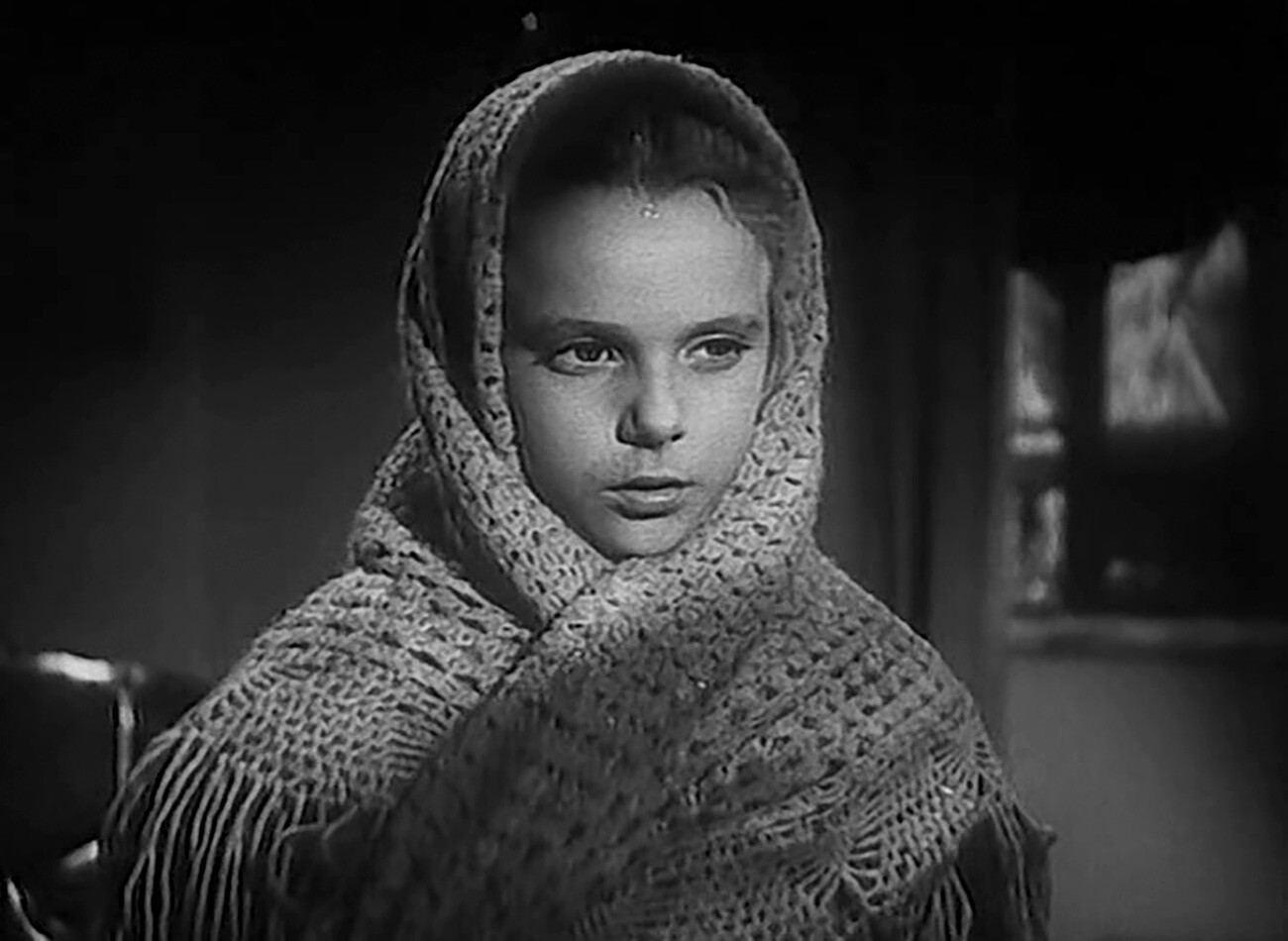During that terrible time, film studios were forced to move deep into the country to the east, they lacked funds and people, but they, nevertheless, continued to make masterpieces. We’ve picked out five of such wonderful movies:

This romantic comedy about the love of a Dagestani shepherd named Musaib and Glafira, a pig-herd from the Vologda region, began to be filmed during peacetime. After the German attack, filming was stopped and all male actors were mobilized into the Red Army.
However, the country's leadership decided that people needed cheerful movies in such difficult times. On Stalin's personal orders, the actors were returned from the Armed Forces and production was resumed.
The film crew was even bombed several times during filming in Moscow. Fortunately, no one was hurt.
The premiere of ‘The Swineherd and the Shepherd’ took place on November 17, 1941.

The film tells the story of the friendship between two Soviet soldiers who participate in the defense of Leningrad. When production began, the country's second most important city was still in a dense blockade.
The Tashkent Film Studio produced the movie and it was Central Asia that became the center of Soviet cinema and theater life during the war.
‘Two Soldiers’ was released on October 6, 1943. However, long before that, the song ‘Dark Night’ performed in the movie by Mark Bernes was already known throughout the country. It became one of the most famous and beloved songs of the war years.

This movie about the invasion of Napoleon's ‘Great Army’ into Russia in 1812 and its inglorious death there was filmed with one goal - to instill confidence in Soviet citizens that victory over Nazism was inevitable. Filming took place in 1943 - the year of a radical turning point in the war.
For obvious reasons, the creators did not have sufficient financial and technical resources. Nevertheless, they tried to get the most out of what they had and depict the battle scenes as effectively as possible.
‘Kutuzov’ was released on March 13, 1944. Director Vladimir Petrov, cameraman Mikhail Gindin and Aleksey Diky, the actor who played the commander-in-chief of the Russian army himself, were awarded the ‘Stalin Prize’ for their work.

Seven-year-old Nastenka and five-year-old Katenka survive in besieged Leningrad. Hunger, cold, bombing and the death of loved ones break and cripple their psyche, but the children, despite everything, remain children. They play with dolls, build sandcastles and wait for their fathers to return home from the war.
Filming began immediately after the breakthrough of the Leningrad blockade in January 1943. German troops were still near the city and subjected it to regular shelling. Nevertheless, the creators decided that at least some of the scenes needed to be filmed here.
The movie premiered on December 18, 1944, and, later, it was shown around the world with great success.

The first part of a planned trilogy about the famous Russian tsar was filmed by director Sergei Eisenstein in 1944. Filming took place in Alma-Ata, where ‘Mosfilm’ studio was temporarily evacuated to.
The creators accomplished the almost impossible - in conditions of strict economy, they were able to recreate the luxurious chambers of the Moscow Kremlin. But, they had to film in them at night - during the day, all the electricity was given to military factories.
The actors suffered from the cold - steam often came out of their mouths during filming - and from hunger. When they were filming the scene of a luxurious feast, people literally pounced on the table with food and literally had to be dragged away by force. In the end, the dishes with food had to be doused with kerosene.
The movie was released in January 1945. At the Locarno International Film Festival, it was awarded a prize, while, in its home country, the director and film crew were awarded the ‘Stalin Prize’.
If using any of Russia Beyond's content, partly or in full, always provide an active hyperlink to the original material.
Subscribe
to our newsletter!
Get the week's best stories straight to your inbox